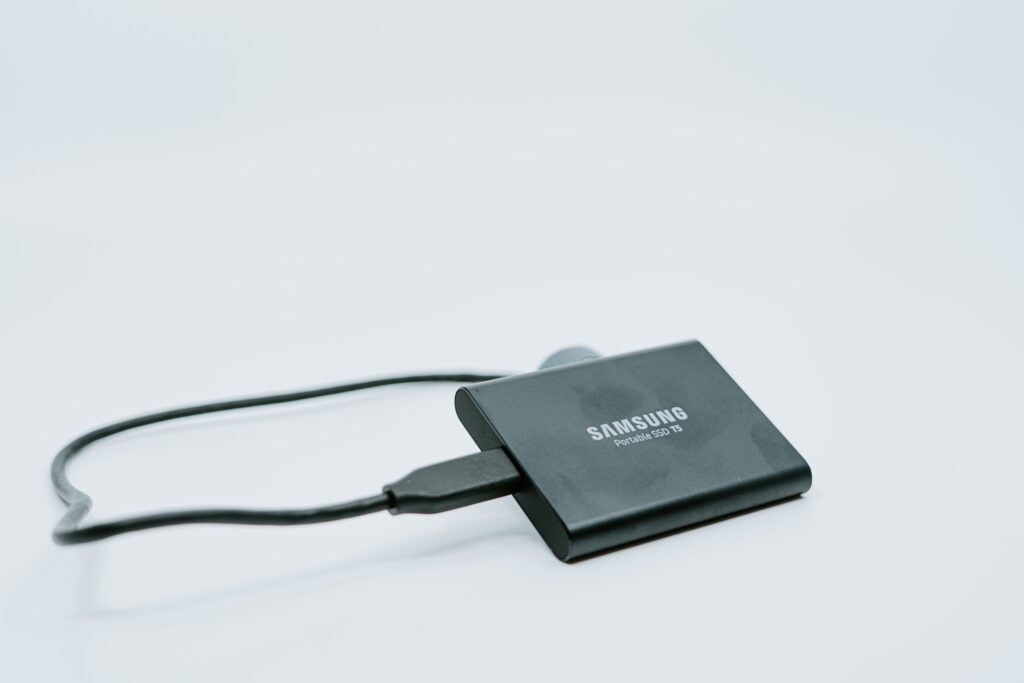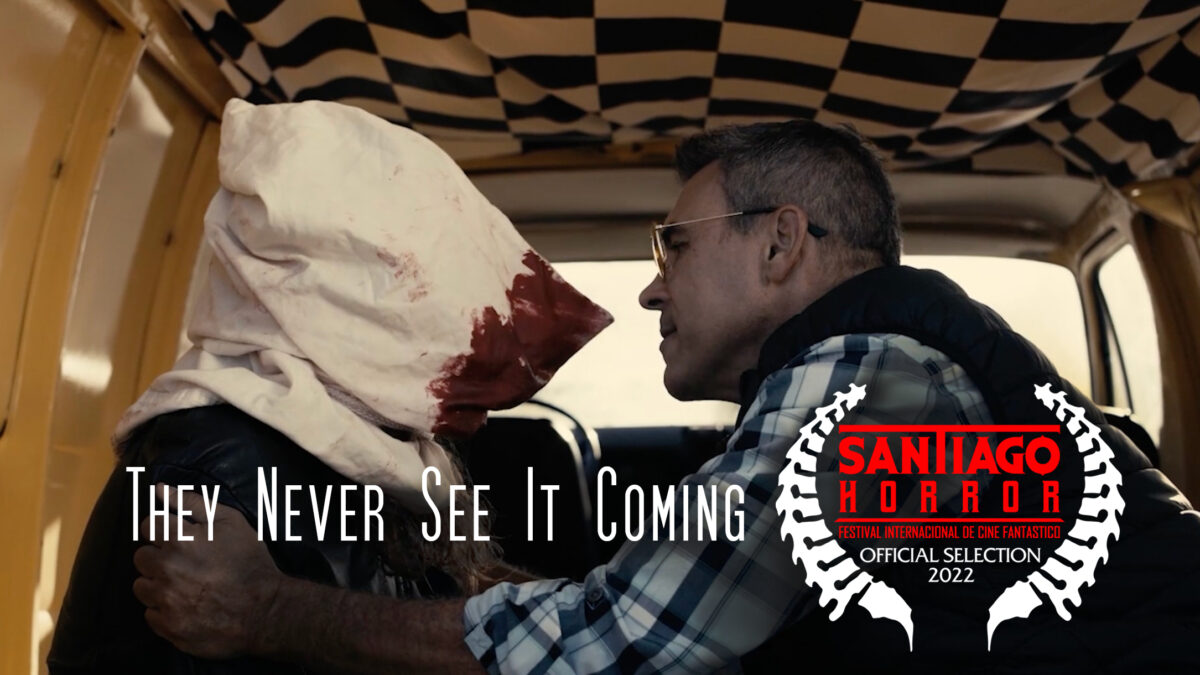Make no mistake. There are lots of fingerprints on a movie. The writer, the director, the actors, the make-up artist…
… and the editors, composer and sound designers.
Welcome to the world of post-production
Post-production is the process that occurs after the principal photography is complete. It encompasses a wide range of activities, including video editing, sound design, color grading, visual effects, and music composition. These stages of refinement allow filmmakers to shape the raw footage into a cohesive and immersive cinematic experience.
They Never See It Coming wasn’t a big Hollywood production. It was simply a short film that I was making with some of my good friends and collaborators and a few new friends who I hope to collaborate with in the future.
Picture Edit
Editing a movie is a meticulous and creative process that brings together the art of storytelling and technical craftsmanship. It involves carefully selecting and arranging the raw footage captured during filming to create a cohesive narrative.
My friend and creative partner Andrew Lamping helped me with the edit and our first job was organizing the footage.
I used Samsung SSD drives to archive the footage from the shoot. Unlike traditional hard disk drives (HDDs), SSDs utilize cutting-edge flash memory technology to deliver enhanced performance, speed, and reliability. They are small, durable and reliable.

Andrew and I edited in Adobe Premiere and I cloned all of my source files and project files to dropbox so that Andrew and I could send project files back and forth. This was a technique that I developed while editing the X-Men fan film Rain with my buddy Zane. I still use this dropbox sharing process today. If you haven’t seen Rain you can check it out here:
Sound Design
In addition to helping with the edit, Andrew helped me with the sound design. Huge kudos to Andrew for his sound work because the film won Best Sound Design at the Santiago Horror Film Festival. The Santiago Horror Film Festival is a ghoulish delight, offering a chilling experience to both horror aficionados and cinema enthusiasts alike. Sound design is such a crucial part of the movie watching experience. I was thrilled that we picked up this award from such an amazing film festival that showcases horror/thriller films from across the world.

Film festivals are an amazing way to showcase your work. We will talk in more detail about film festivals in my next blog post.
Our approach to the sound design was pretty straightforward: keep the dialogue clean, utilize sounds in Texas nature like wind and insects and don’t be afraid to let the silent moments breathe.
Cleaning up dialogue
As I mentioned in previous blogs, we had a crazy windy day on the first day of shooting and Kenny Hada did a fantastic job recording the sound.
For the few bits of sound that needed attention I brought on Joel Block from The Block House.
Joel is a fantastic sound engineer. Joel has been a staple in the audio industry here in Texas for many years. He’s always a pleasure to work with and he’s fast and quick and always spot on.
Music Score
I brought on my frequent collaborator, Stephen D. Bennett, to create the music score. Stephen Bennett is a Los Angeles based composer originally from Slidell, Louisiana. I suppose because I was born in Monroe, Louisiana we are kindred spirits.
Speaking of Monroe, if you are ever passing through that fine city then do yourself a favor and stop at Ray’s PEGE for a po’boy. Oh, man. You will not regret it.
Okay, back to music.
Although I usually edit to temp tracks in order to find the rhythm of the edit, with They Never See It Coming I used very few temp tracks. I remember discussing the film with Stephen and I told him that I had one or two ideas for music placement but beyond that I wanted him to explore.
And explore he did.
Stephen wrote an incredible score that highlighted the drama and tension in the film by incorporating unusual sounds like car doors shutting and car trunks slamming in addition to adding recurring musical themes and a race-against-time rhythm.
Post-production is the magical realm where the pieces of a film puzzle come together
Post-production is where you transform raw footage into a captivating and immersive cinematic experience. From editing and visual effects to color grading, sound design, and music composition, the goal is to weave the threads of storytelling into a cohesive final film that will engage an audience. We did our best to create such a film and a few film festivals agreed. Next week I’ll talk about our journey onto the film festival circuit.
Until then, cheers!


